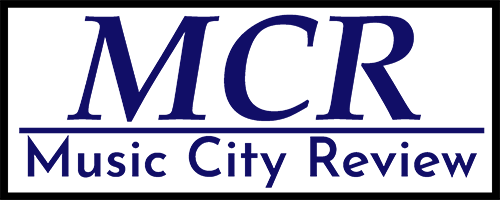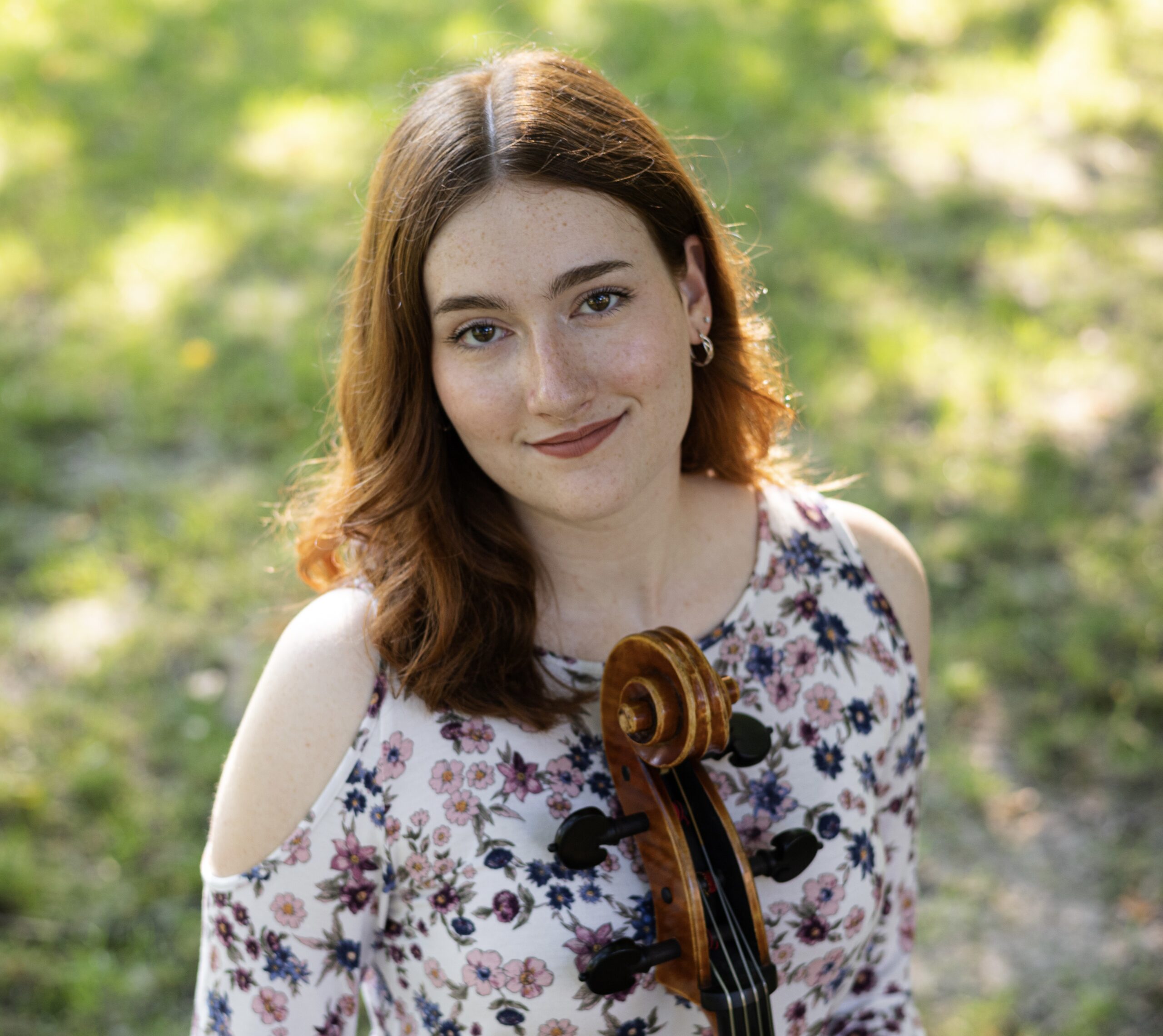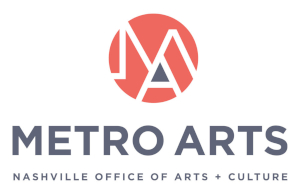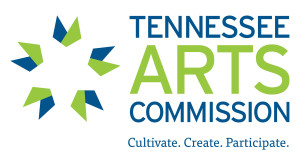The Nashville Symphony
Segev, Slatkin, and Adamo at the Schermerhorn
It’s a special occasion when I get to see one of my favorite soloists and one of my favorite masterworks on the same program, especially when directed by a world-renowned conductor. You can imagine, then, that Tchaikovsky’s Fifth at the Nashville Symphony, featuring cellist Inbal Segev and directed by Leonard Slatkin, had been on my calendar for weeks. The program had a Friday night concert on February 28 and a Sunday matinee concert on March 2. The Nashville Symphony and its esteemed guest artists delivered a colorful and virtuosic program that truly had something for everyone.
The program opened with the overture to Gioachino Rossini’s opera La Gazza Ladra, a mostly humorous opera that also has serious themes of strife and justice. From the very first chord, it was clear that Maestro Slatkin commanded immediate attention and energy from the players. His gesture was reserved yet efficient, and the sound he drew out of the ensemble was beautifully well-balanced. I have always observed that there is a distinct quality of sound that comes from an ensemble that highly respects its director. In this case, that quality lent even greater polish to the sparkle and smoothness of this Italian opera music. With unwavering precision and exceptional clarity, this overture set the tone for the rest of the concert, and the audience was hooked.

After the stage setup was adjusted to make room for the soloist, Maestro Slatkin returned to the stage and welcomed Mark Adamo, the composer of the next work, to join him. The pair spoke briefly to the audience about Last Year, Adamo’s 2019 work for solo cello, strings, piano, percussion, and harp. Mr. Adamo enthusiastically explained that the piece is loosely inspired by Vivaldi’s Four Seasons for solo violin and strings, and he even quotes the well-known theme from the first movement of Vivaldi “Spring” throughout Last Year. He composed it with an eye on climate change and how different our seasons can look in the modern day (more in-depth program notes are available on Mark Adamo’s website). Each of its four movements represents a season, and the addition of piano, percussion, and harp is intended to expand upon the timbral and textural role of a harpsichord in a baroque ensemble’s sound. After this cordial introduction, composer and conductor took their places, and the audience gave a warm welcome to the soloist, Inbal Segev.
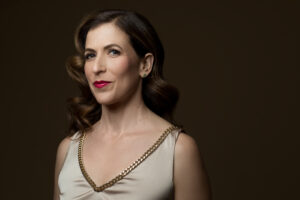
Fans of Inbal Segev like myself know her for both her dedication to classical works and her enthusiasm for new ones. She has enjoyed great success in presenting works by living composers, and she has been composing her own music since 2020 as well. She presented Adamo’s striking music with spirit and tenacity, expressing the emotions of the music with not only her rich sound but also with her posture and facial expressions. It was a thought-provoking mural of sound. The solo part was dizzyingly virtuosic, and Segev navigated her cello’s entire fingerboard with unfazed technical command. I could guess which patrons around me were fellow cellists by the palpable shock brought on by well-executed difficult passages. All four movements exhibit a huge palette of tones and textures—harsh dissonances and harmonics represented ice storms, and luxurious streams of flowing chords brought the warmth of summer.
It was a beautiful presentation of a profound piece of music, and when the lights came up for intermission, I saw people finding Mr. Adamo in the audience, thanking him and shaking his hand.

Tchaikovsky’s Symphony No. 5 in E Minor is a work I have played before and love deeply, and I could hardly wait for intermission to end. I’m sure I wasn’t the only one in attendance who anticipated the downbeat with bated breath, nor the only one who relished every moment of the performance. The intricate weaving of the string parts was full, lush, and precise. The brass section delivered a strong, shining group sound with impeccable blend. Every woodwind feature and solo line held attention as beautifully-crafted focal point in the larger picture. The orchestra moved and breathed like one player, completely in agreement not only with each other but also with their director. I was particularly impressed with the ensemble’s control of tempo and pacing. Some of Slatkin’s tempos and choices of rubato differed from recordings I have heard, providing some interpretive choices that were unique and fresh. It is a powerful thing when an orchestra is so clearly convinced by the direction they receive and can convey it just as clearly to the audience.
This symphony is a colorful tapestry of tone colors and emotions. The first movement’s slow opening is cloudy and introspective, and it maintains an air of severity even when the tempo picks up. The second movement is immediately more warm and gentle, opening with a soaring French horn solo. It has moments of fearful intensity, but the French horn melody always returns across the orchestra to comfort the listener. The third movement is a graceful and playful waltz that has always reminded me poignantly of Tchaikovsky’s programmatic writing in the first act of his ballet The Nutcracker. The fourth and final movement immediately asserts a restatement of the first movement’s opening theme, but this time in the key of E Major. It is triumphant and bright to the brilliant end. The orchestra looked exhilarated as they stood, and the audience roared its approval through three bows.
Huge congratulations are in order to Leonard Slatkin, Inbal Segev, Mark Adamo, and every member of the Nashville Symphony. Bravissimo tutti on an exceptional concert!
